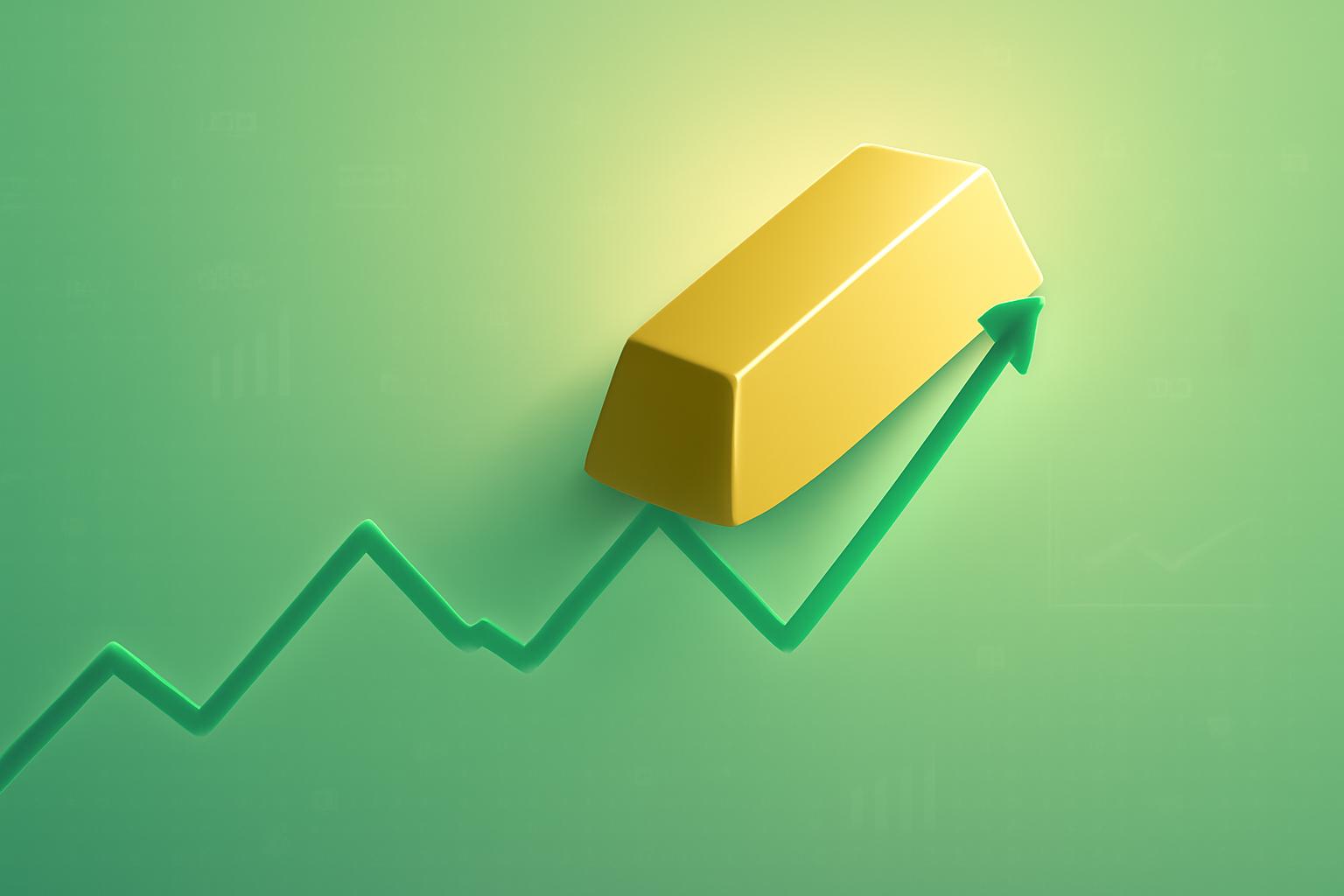Gold Hits New Highs Amid Economic Uncertainty
Gold prices have surged to record levels this year, climbing roughly 35% and approaching $3,600 an ounce. This rally is driven by investors seeking protection amid economic instability and growing speculation that the Federal Reserve may soon reduce interest rates.
Gold’s Role as a Safe-Haven Asset
Gold is widely regarded by investors as a safeguard against adverse economic conditions. Research from the Federal Reserve Bank of Chicago underscores gold’s historical strength during periods of low interest rates and political or financial uncertainty. Sameer Samana, head of global equities and real assets at Wells Fargo Investment Institute, notes that gold meets all criteria for a safe-haven asset.
Wells Fargo’s latest investment strategy report anticipates continued demand for gold, fueled by ongoing purchases from global central banks and escalating geopolitical tensions.
Preferred Methods to Invest in Gold
Investors can access gold exposure either by purchasing physical bullion or through financial instruments linked to gold. Most experts recommend exchange-traded funds (ETFs) that track the price of physical gold, citing advantages in liquidity, cost-efficiency, and tax treatment.
Blair duQuesnay, CFA and CFP at Ritholtz Wealth Management, advises that gold-backed ETFs such as SPDR Gold Shares (GLD) and iShares Gold Trust (IAU) offer a more efficient investment than physical gold, which entails higher transaction costs and storage challenges.
Gold mining stocks, while another option, tend to be influenced more by company fundamentals than by the direct price of gold, making them less ideal for investors seeking pure gold exposure.
Portfolio Allocation and Caution
Despite gold’s recent gains, financial advisors typically recommend allocating less than 3% of a portfolio to gold to manage volatility risks. DuQuesnay herself currently holds no gold in client portfolios, citing the unpredictable nature of commodity-driven rallies and difficulty in assessing fundamental drivers.
FinOracleAI — Market View
The record surge in gold prices reflects heightened economic uncertainty and expectations for Fed rate cuts, driving investor demand for safe-haven assets. The recommendation to use gold ETFs as the primary investment vehicle aligns with their liquidity and cost advantages over physical bullion or mining stocks. However, gold’s commodity price volatility and sensitivity to macroeconomic shifts introduce risk.
Investors should monitor Federal Reserve policy signals and geopolitical developments closely, as these factors will continue to influence gold’s trajectory. Portfolio diversification and cautious allocation remain prudent given the potential for price corrections following rapid gains.
Impact: positive













